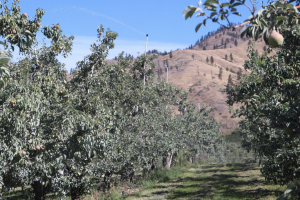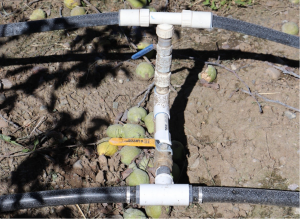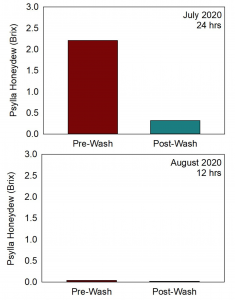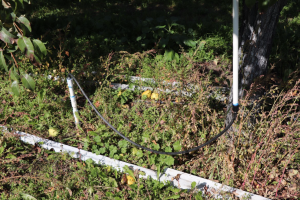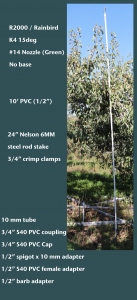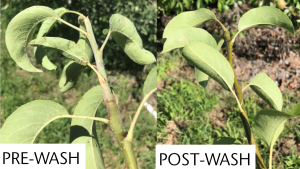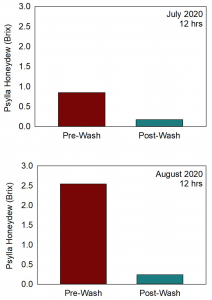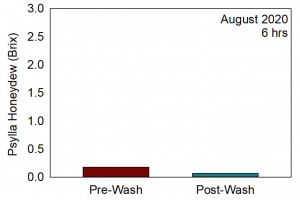Pear IPM Case Study: Honeydew Washing at SC Orchards
By Tianna DuPont, Chris Strohm, WSU Extension; Louis Nottingham, WSU Entomology
Honeydew washing systems offer another tool for the pear IPM toolbox. The following case study is one example of a honeydew washing system used to reduce pear fruit marking in combination with a full IPM program.
Pear IPM Case Study: Honeydew Washing at Kiehn Orchards
By Chris Strohm, Tianna DuPont, WSU Extension; Louis Nottingham, WSU Entomology
Honeydew washing systems offer another tool for the pear IPM toolbox. The following case study is one example of a honeydew washing system used to reduce pear fruit marking in a conventionally managed orchard.
Pear IPM Case Study: Honeydew Washing at Schmitten Orchards
By Chris Strohm, Tianna DuPont, WSU Extension; Louis Nottingham, WSU Entomology
Honeydew washing systems offer another tool for the pear IPM toolbox. The following case study is one example of a honeydew washing system used to reduce pear fruit marking in a conventionally managed orchard.
Pear IPM Case Study: Honeydew Washing at Gale Orchards
By Chris Strohm, Tianna DuPont, WSU Extension; Louis Nottingham, WSU Entomology
Honeydew washing systems offer another tool for the pear IPM toolbox. The following case study is one example of a honeydew washing system used to reduce pear fruit marking in a conventionally managed orchard.
Contact
Tianna DuPont
WSU Extension
tianna.dupont@wsu.edu
(509) 293-8758
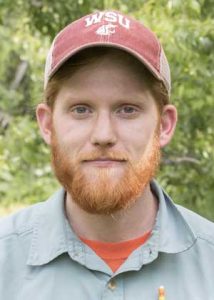 Chris Strohm
Chris Strohm
WSU Extension Assistant
(509) 293-8792
chris.strohm@wsu.edu
Treefruit.wsu.edu content may only be republished with prior author permission © Washington State University. Republished content with permission must include: “Originally published by Washington State Tree Fruit Extension at treefruit.wsu.edu” along with author(s) name, and a link to the original article.
